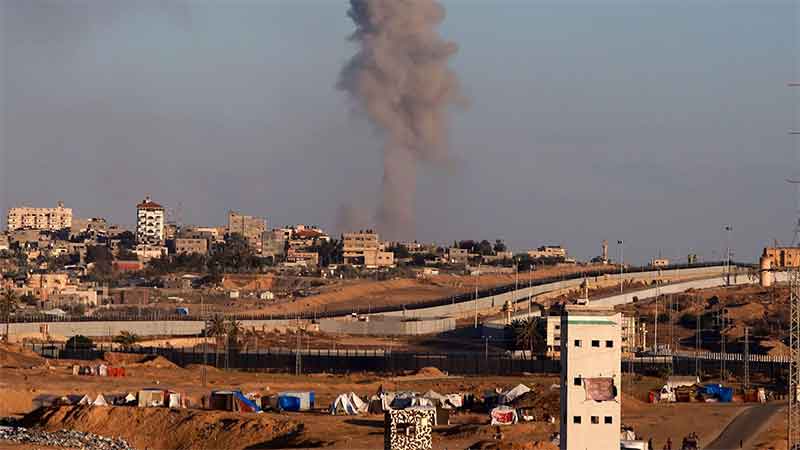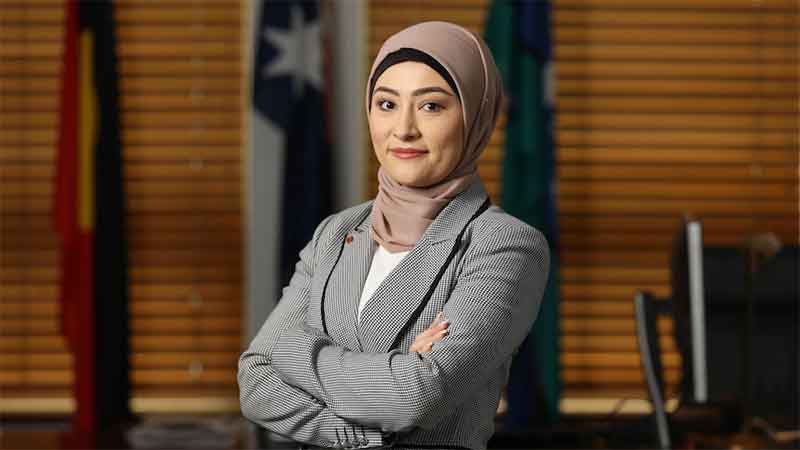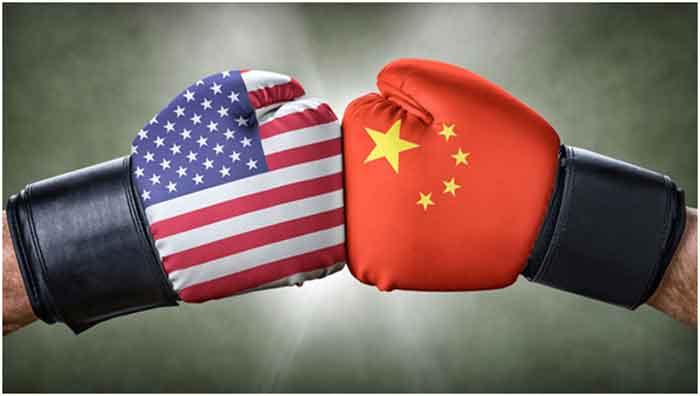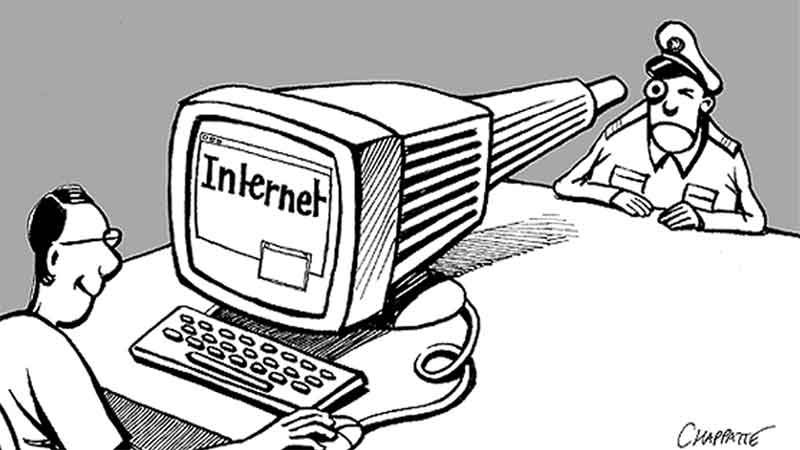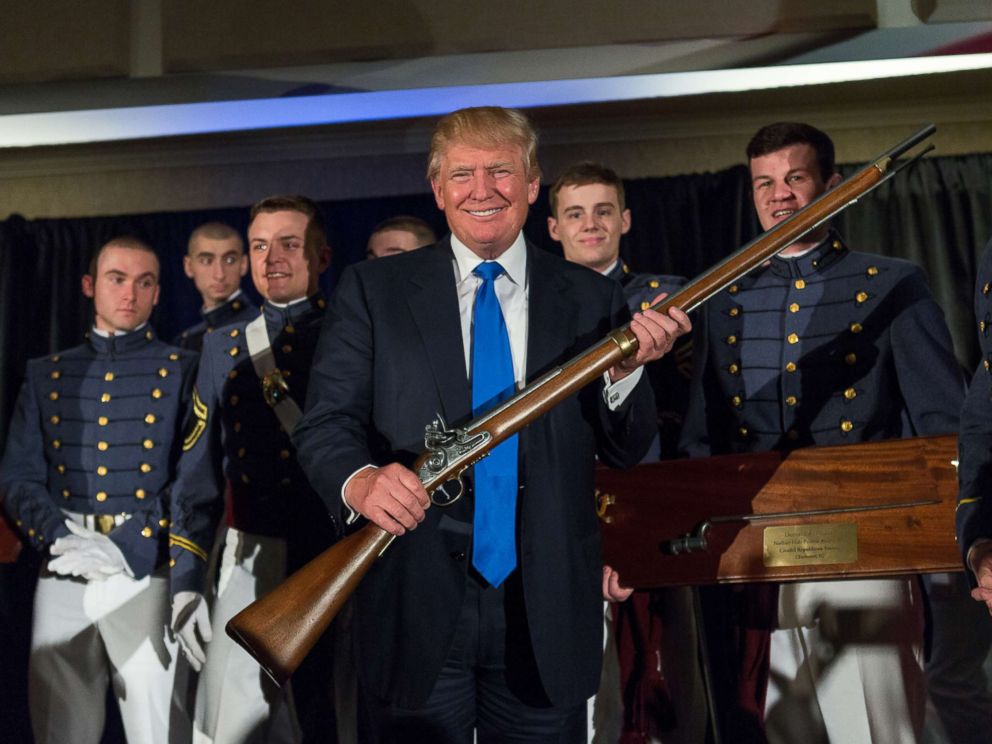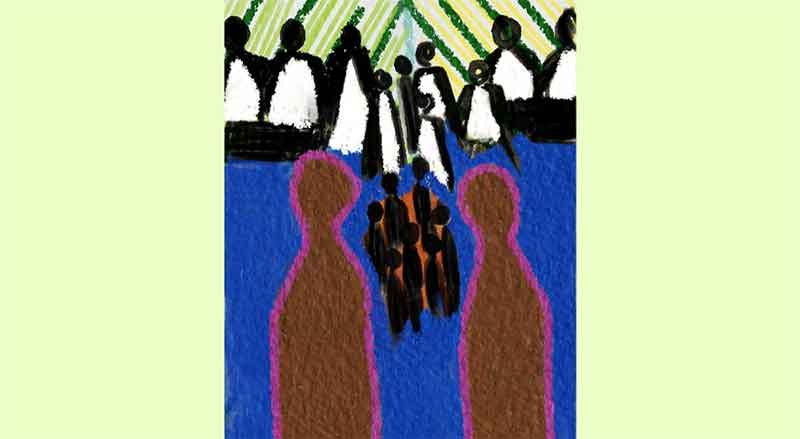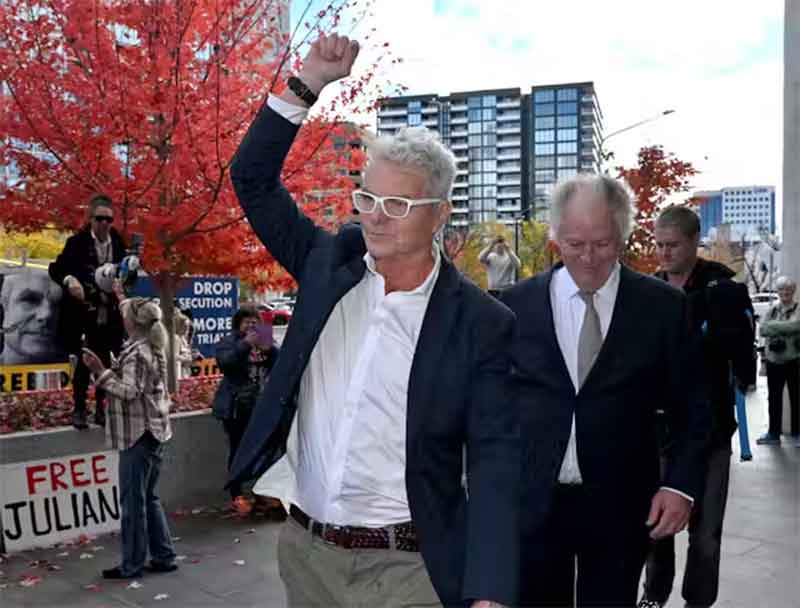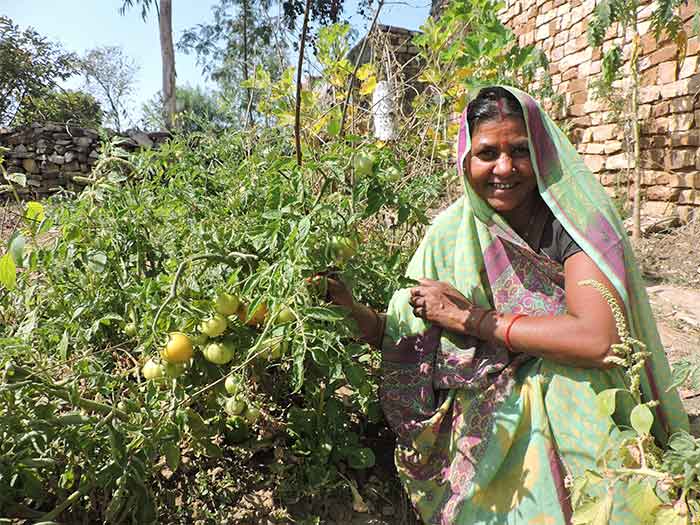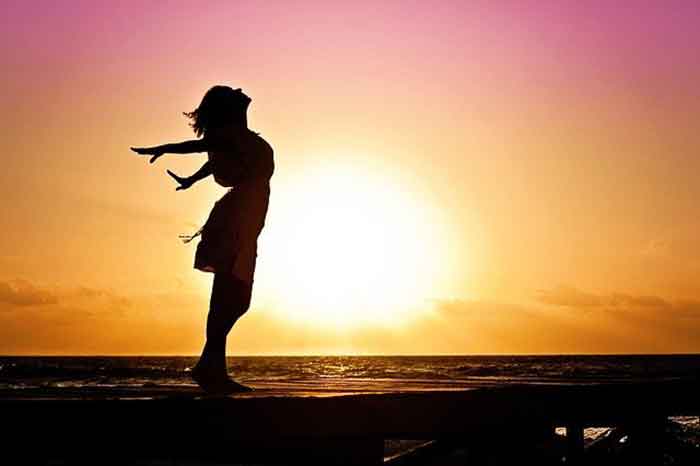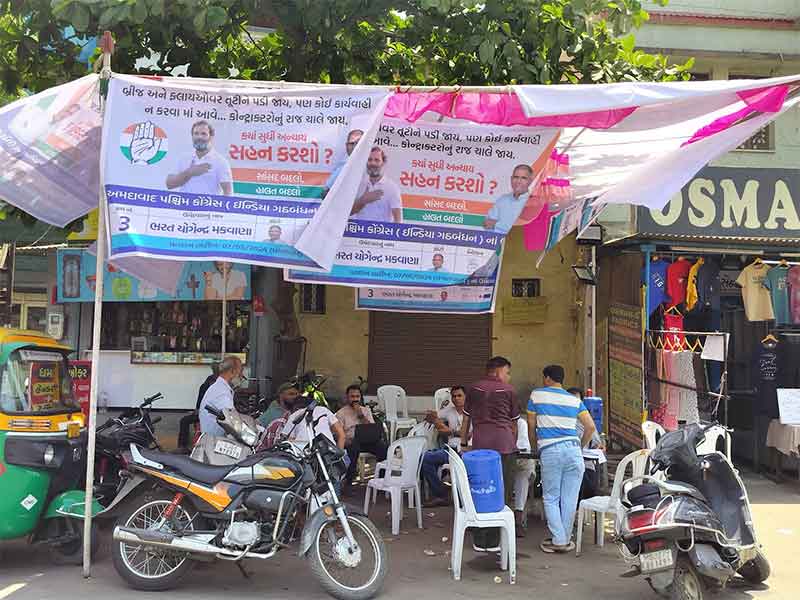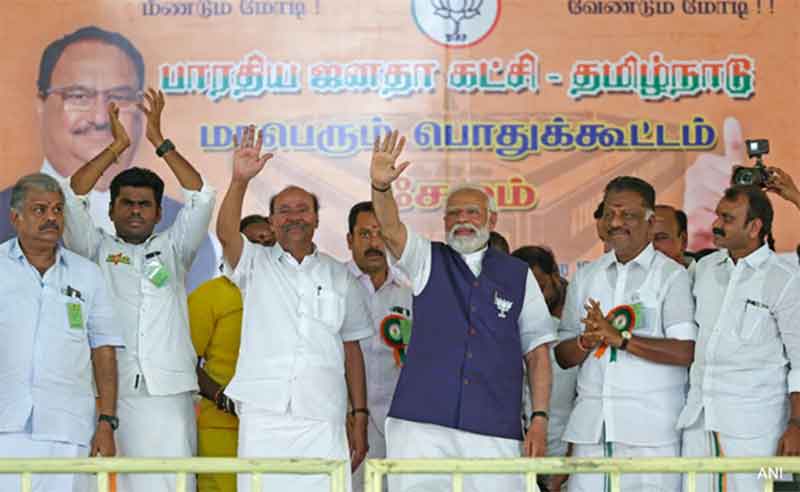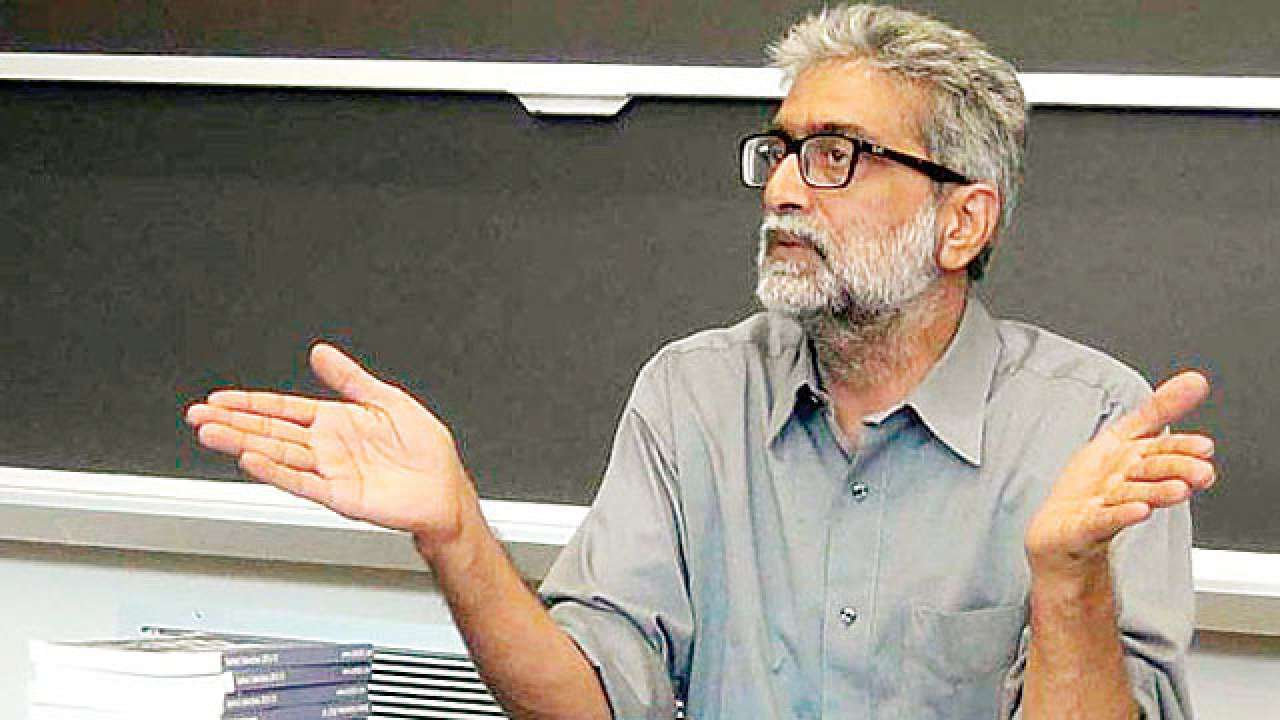
Pran Pratishtha breathed life into the stone idol of Lord Rama at Ayodhya on January 22, 2024. This was a moment of great pride for media and TV-channel- watching Hindus all over India and overseas (other than the chosen ones invited to the event), eclipsing perhaps Republic Day celebrations that would fall four days after on 26 January, to commemorate the 75th year of our declaration of ourselves as a Sovereign Republic.
The ritual unwrapping of mysterious divinity, conducted by the prime minister himself, invested with executive power, was an overwhelming moment. Elected members of the BJP were heard on television channels declaring that the PM, being Avatar Purush Ram himself, his consecration of the idol would usher in Ramrajya. This idea of the Executive Head of State as the temple ‘Yajaman’ has been in process for some time now.
Recall the rituals of pomp forming part of the Parliament inaugural in May 2023 when the sengol (presented to Pandit Jawaharlal Nehru on the eve of India’s independence) bedazzled the public eye? Social media pronounced Nehru’s relinquishment of the sengol to a museum for public viewing as yet another instance of misdemeanour. Sacrilegious and short-sighted indeed that Nehru did not wield the sengol in a despotic manner when in office or cause it to be melted down into jewellery for his daughter.
Hyper-nationalists opined that the sengol (an older monarchic symbol of power) added to the splendour of the new parliament’s inauguration, presided over as it was by members from Hindu religious sects and a PM turned Sovereign. Members of parliament were collateral damage at this tableau, and the sengol, brandished as the newest accessory in Indian parliament, regaled the nation on television channels, for we as a nation love gold and glitter, do we not?
In the newly-anointed parliament house, the sengol has been given pride of place. (Maybe, it will serve to discipline dissident MPs creating unrest in the well of the house). In hindsight it seems to have both anticipated and prepared us for the atmospherics of the visual Pran Pratishtha beamed down to the globe from Ayodhya, this January.
In a pre-Pran Pratishtha timeline, I grew up with devout grandparents, from priestly families worshipping both Shiva and Vishnu, in extraordinary temples all over South India. In New Delhi, we celebrated Rama Navami, usually during the hot season, often enough in the month of April, with the endless consumption of shundal, vadai and delicious jaggery based panagam, with warnings from adults-in-charge not to morph into a sapaatu-raman, or rami, as the gender predicated.
Undoubtedly, religion remains the opiate of the masses as well as the classes. We all need some sort of opiate to calm ourselves with; so, personal religiosity, available as a fundamental right, probably does little harm when practiced in private. However, when an opiate is weaponized into a sengol or whip by the powers that be, it becomes a cause for concern. Consecration in an unfinished temple is another strange new manifestation. An empty garba-griha at a fully-built temple at Hampi stands testimonial to this truth.
The projection of Ram Lalla, in lieu of the adult ruler, Maryada Purushottam Ram, occasioned great surprise, although it quickly followed the replacement of the customary Jai Siya Ram with the more strident Jai Shri Ram. The newly-installed statue of the solitary, warrior-child, accentuates Sita’s absence in the strident Jai Shri Ram. So, whatever happened to Jai Siya Ram?
There is no shortage of Ram Durbars in all shapes and sizes all over India. Yet, in his birthplace, despite several Ram idols in countless temples, a new idol has been given pride of place, excluding all the other members of the Ayodhya royal family
Is Ram not omni-present in other temples in Ayodhya and all over India? The freshly chiselled stone statue thrusts back into our mind images of the cherubic, young, ‘Maakhanchor Kanhaiya’, whom we have met in paintings and calendar art. This familiar Krishna icon has now been grafted onto black stone, to give us a sinewy Ram.
The ways of God, mysterious to humans, are after all only made apparent to sculptors and painters. Is it all about — “the PM proposes and thus God disposes,” — in this case? In any case when Ram Lalla left Ayodhya with Visvamitra, he was on a mission. It is the older, adult Ram who was the source of veneration. All these, of course, remain mere quibbles.
Possibly, Ayodhya as a temple town will turn around its GDP and the fortunes of Uttar Pradesh and subsequently allow the southern states to get a little more of their own money back to invest in their own state because, maybe, just maybe, a great financial bonanza would have been unearthed through such religious, tourism destination.
So why has my heart not been transported to bliss and joy?
The big daddies and big mommas and their daughters from big business and Bollywood were there on the opening day, and on subsequent days, while ordinary people were kept away by prime ministerial fiat. That has always been the way, you will tell me, for the elite are more powerful and have more clout, both in this world and the next. Yes, but the rich and the powerful, have forgotten, have they not, the extraordinary temples carved in stone that are abundant in the southern states and elsewhere?
We also need to remember and recall those pioneering men and women in olden times, from the hidden creeks of the south to the heartlands of the north, who filled the hearts and souls of the laity about the omnipresence of God. The Alvars and the Nayannars, Basavanna, Akka Mahadevi, Allama Prabhu, and Kabir, Eknath, Nanak and Mirabai in the North, among others who reiterated that fellow feeling, devotion, love and bhakti was the most important accessory for communion with God and Godhead. They spoke of the omniscient presence of plural gods, and their Nirguna nature uncircumscribed by rituals and structured temples. This was a space dearly won over the long centuries, all over India, for all of its people.
Speaking in local tongues, the seers and saints of the bhakti movement enriched languages and brought about social change. Allowing the ordinary inhabitants of this varied country to communicate directly with their ishta-devatas; their revelations sustained and nourished beliefs and built self-worth and community.
One expansive landmass stretched out with innumerable gods and nurtured a varied populace, while countless temples were set up within human hearts; that was the message of each and every one of our bhakti poets, over the long centuries, reinforced by a muscular Hanuman who displayed God’s temple in his heart. We were a pluralistic religious democracy for the longest time.
The unfinished temple and the consecrated idol have shrunk the infinite possibilities set into motion by the bhakti movement. In place of the fluid possibilities of discovery, we are being hustled along, and made to march to the unidimensional drum-beats of ‘one nation, one vote and one God’.
God now has a fixed address and access to him comes for a price. The need of the hour is a new Nakkirar who could dissent and declare “Sengolai veeshinaalum, kutram kutramae…” (Wielding the sceptre, does not right a wrong!).
Ratna Raman is a columnist and Professor of English at the Venketeswara College, University of Delhi. She is the author of ‘The Fiction of Doris Lessing: Reinvisioning Feminism’.

